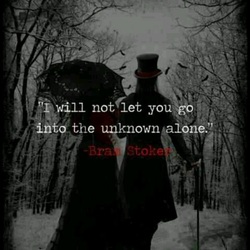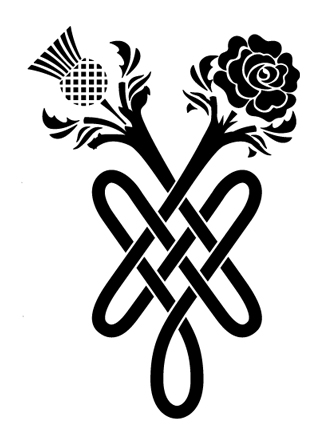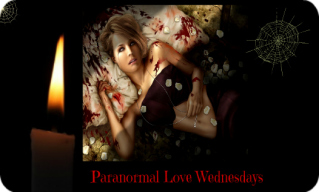
The Setting
This is the most important part of the planning process for a writer of gothic novels. Poetic, gloomy and atmospheric, the setting is another character. It is often a remote building, possibly of medieval origin, for example a castle, abbey or crumbling manor house.
Think wild mysterious landscapes-bleak moors, hard to reach islands or deep, inaccessible valleys.
Enclosed or claustrophobic spaces are also symbolic in gothic writing-crypts, passageways, caves, dungeons, secret rooms, dark towers, cloisters...
The Male Protagonist
- May have inherited powers or status-so he might be titled or talented
- May be solitary or egocentric
- Is likely to be a flawed personality
- May be obsessive
- We may get a sense of duality, or even that there is a doppleganger
- He may attract yet repulse, and the sensual elements can be overt or implied
Our heroine has grown up since the days of Jane Eyre! Traditionally, she was a trembling victim, frail, passive and naïve, who was subjected to grotesque acts by a superior will.
Now, however, she is likely to be strong and feisty. She may well have many of the same characteristics as the male protagonist. And she will fight back!
Gothic Themes
- Crossing boundaries-natural/supernatural, barbaric/civilised, mortal/immortal, pleasure/pain
- Evokes fear and tension in the reader
- Dark secrets and forbidden knowledge
- Superstitions-curses, angels, demons, vampires, witches etc.
- Dreams and nightmares reveal unconscious mind
- Omens and portents
- Symbolism
When we see those scenes in films, or read them in books, we usually switch all the lights on before we sigh with relief and say, “You wouldn’t do that in real life. You’d run screaming out of the door.” But we still love to watch or read those scenes…because they give us shivers.




 RSS Feed
RSS Feed
